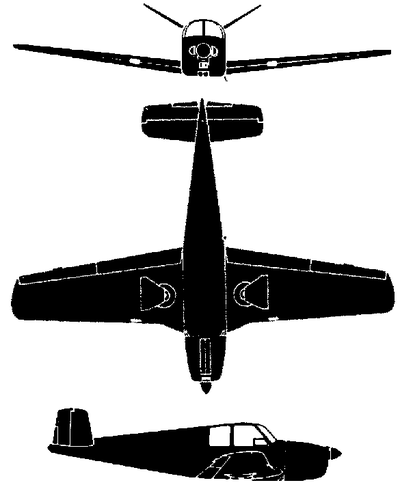Improper Maintenance Resulted In "Complete Loss Of Power"
 The NTSB has determined that an accident near West Palm Beach,
FL, in May, 2009 was caused by a total loss of engine power due to
disengagement of the idler gear support pin as a result of improper
maintenance.
The NTSB has determined that an accident near West Palm Beach,
FL, in May, 2009 was caused by a total loss of engine power due to
disengagement of the idler gear support pin as a result of improper
maintenance.
The aircraft, a Beech K35, was substantially damaged during a
forced landing, after it experienced a loss of engine power during
the initial climb from Palm Beach County Airport (KLNA), Lantana,
Florida. The certificated commercial pilot and the passenger/owner
of the airplane were killed. Visual meteorological conditions
prevailed and no flight plan had been filed for the local
flight.
According to witnesses, during the initial climb after takeoff
and as the airplane reached an altitude of 75 to 100 feet above the
ground, the engine ran rough momentarily and then lost power. The
airplane entered a right descending turn back toward the airport,
where it struck two parked, unoccupied airplanes before impacting
the ground and colliding with a tractor-trailer container.
Subsequent inspection of the engine revealed that the idler gear
support pin was backed-off from its proper mounting position. In
addition, the two mounting studs did not contain any mounting
hardware, and their respective threads were undamaged. A review of
maintenance records revealed that the airplane had been operated
for about 2 hours since the engine was disassembled for "extensive
engine repair due to spalled cam and lifter bodies," about 5 months
prior to the accident, and since its most recent annual inspection,
which was performed about 1 month prior to the accident. An engine
test run that was conducted after the idler gear support pin was
properly installed did not reveal any other engine anomalies.
The pilot, age 68, held a commercial pilot certificate, with
ratings for airplane single and multiengine land airplanes, and
instrument airplane. He was seated in the front left seat. He
reported 2,450 hours of total flight experience, with 15 hours
accumulated during the past 6 months, on his most recent
application for an FAA second-class medical certificate, which was
dated on the day of the accident.

The owner/passenger held a private pilot certificate. He
reported 2,268 hours of total flight experience on his most recent
application for an FAA third-class medical certificate, which was
issued on July 26, 2005. He was seated in the front right seat.
The five-seat, low-wing, retractable-gear airplane was
manufactured in 1959. It was powered by a Teledyne Continental
Motors IO-470-C series, 250-horsepower engine, equipped with
Beechcraft propeller. According to FAA records, the airplane was
purchased by the owner/passenger on July 15, 2005.
Review of maintenance records revealed that at the time of the
accident, the airplane had been operated for about 2 hours since
the engine was disassembled for "extensive engine repair due to
spalled cam and lifter bodies" on December 5, 2008, and since its
most recent annual inspection, which was performed on April 1,
2009. The airplane had been operated for about 20 hours during the
3 years prior to the accident.
 NTSB Final Report: Aviat A1
NTSB Final Report: Aviat A1 ANN's Daily Aero-Linx (07.08.25)
ANN's Daily Aero-Linx (07.08.25) Classic Aero-TV: Fly Corvairs Reliable Engine Alternative
Classic Aero-TV: Fly Corvairs Reliable Engine Alternative ANN FAQ: Contributing To Aero-TV
ANN FAQ: Contributing To Aero-TV Classic Aero-TV: CiES Fuel-Quantity and e-Throttle Systems Praised
Classic Aero-TV: CiES Fuel-Quantity and e-Throttle Systems Praised




